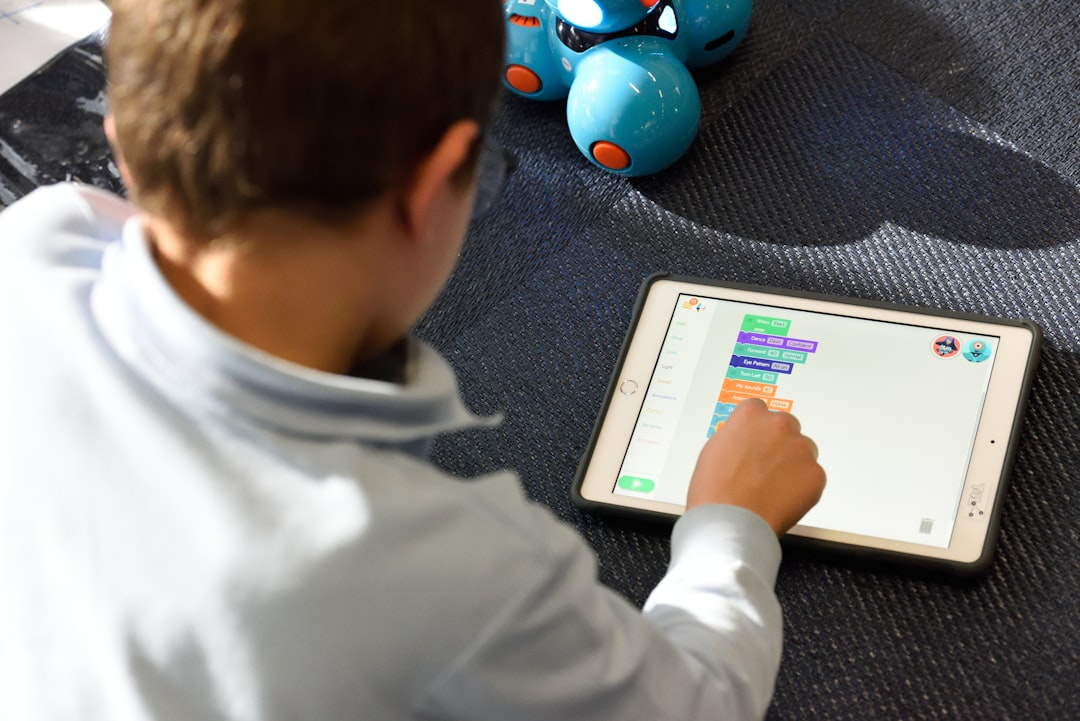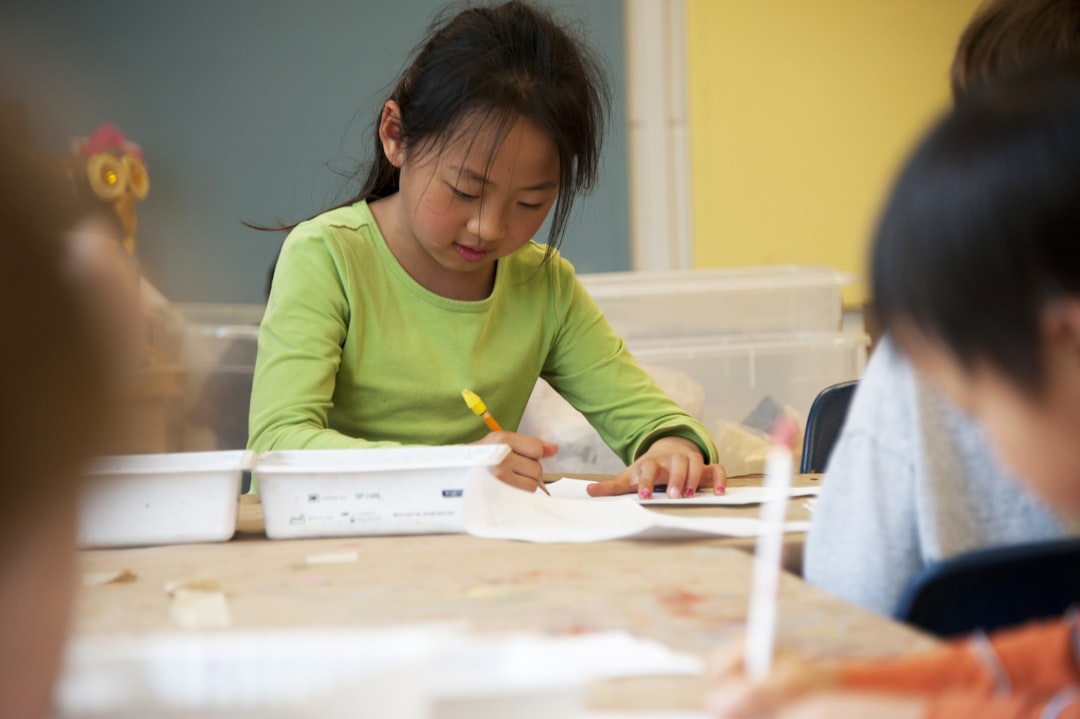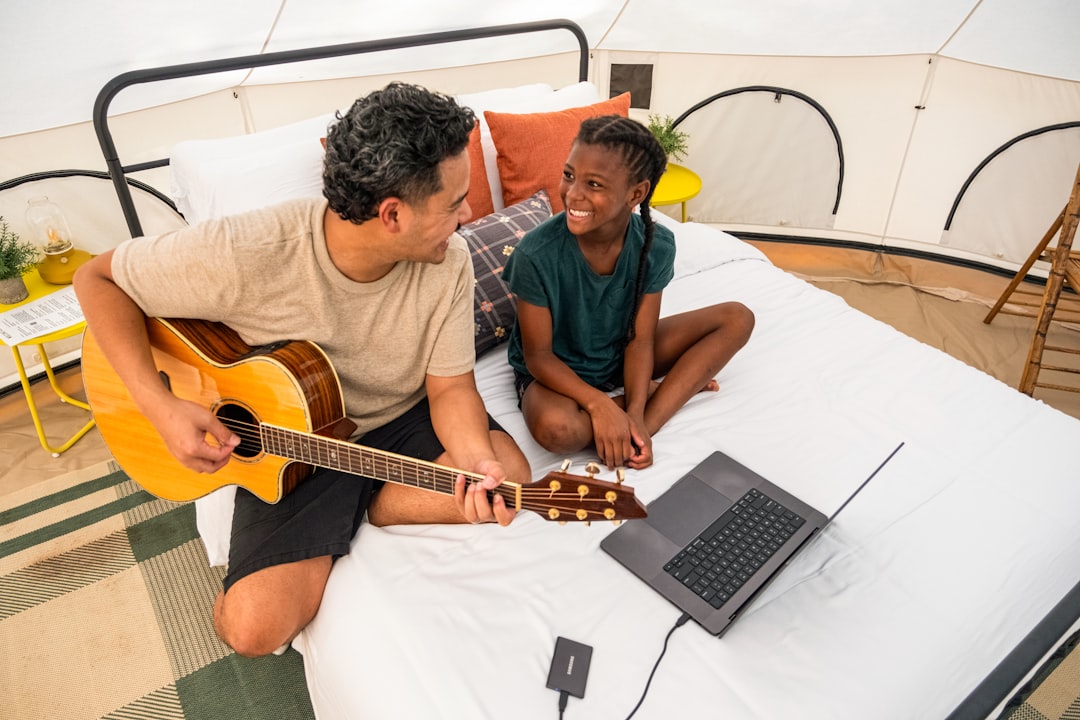**Introduction**
In the dynamic world we live in, education has transcended the traditional boundaries of classroom walls, venturing into the flexible, comforting confines of our homes. Learning at home presents a unique opportunity for children to explore knowledge at their own pace, tailoring the learning process to their individual needs, interests, and strengths. This article delves into the nuances of home learning for kids, offering insights and strategies to maximize educational outcomes while ensuring the process is engaging and comprehensive.
Setting the Stage for Success
**Establishing a Learning Environment**
Creating a designated learning space at home can significantly enhance a child’s focus and productivity. This space should be quiet, well-lit, and stocked with necessary supplies like textbooks, notebooks, and writing tools. It’s important that this area is separate from play zones to delineate clearly between times of study and relaxation.
**Crafting a Routine**
Consistency is key in any form of education. Establishing a structured daily schedule that mirrors the regularity of school helps children adapt to home learning with ease. This schedule should include ample breaks for rest and recreation, ensuring that children remain motivated and aren’t overwhelmed.
Engaging Through Technology
**Leveraging Educational Apps and Websites**
The digital age brings with it countless resources to facilitate learning across various subjects. Interactive apps and educational websites not only make learning fun but also provide personalized pathways for children to master concepts at their pace. Parents should curate a list of resources that align with their child’s interests and academic needs.
**Integrating Virtual Classrooms**
Many educational institutions offer virtual classroom sessions that can be accessed from home. These sessions provide real-time interaction with teachers and peers, offering a semblance of the traditional classroom environment. Participating in these sessions can help maintain social interaction and promote collaborative learning among children.
Emphasizing Practical Learning
**Incorporating Hands-On Activities**
Home learning doesn’t have to be confined to books and screens. Engaging children in practical activities like science experiments, cooking, or arts and crafts can enhance their understanding of theoretical concepts. These activities also develop their problem-solving skills and creativity, making learning a more enriching experience.
**Exploring the Great Outdoors**
Learning isn’t restricted to indoor activities. Nature walks, gardening projects, or visits to local museums and libraries can tremendously supplement home-based education. These outings make learning more dynamic and contextually rich, providing children with real-world applications of their academic knowledge.
Cultivating a Reading Culture
**Building a Home Library**
A collection of books accessible at home can significantly nurture a child’s reading habit. Including a variety of genres—fiction, non-fiction, science, art, and history—encourages children to explore different subjects and fosters a lifelong love for reading.
**Interactive Reading Sessions**
Dedicating time for family reading sessions can greatly boost a child’s literacy skills. Discussing plots, characters, and key takeaways from books not only improves comprehension but also enhances critical thinking skills. It’s a constructive way to spend family time, promoting learning through shared experiences.
Conclusion
Home learning for kids, when implemented effectively, can transform the educational experience and equip children with the skills needed to excel academically and personally. By setting up a conducive learning environment, integrating technology, engaging in practical learning, and fostering a reading culture, parents can ensure that their children receive a holistic education from the comfort of their home. This flexible approach to education allows children to thrive at their own pace and in their own space, preparing them for a future where they can continuously adapt and succeed.






